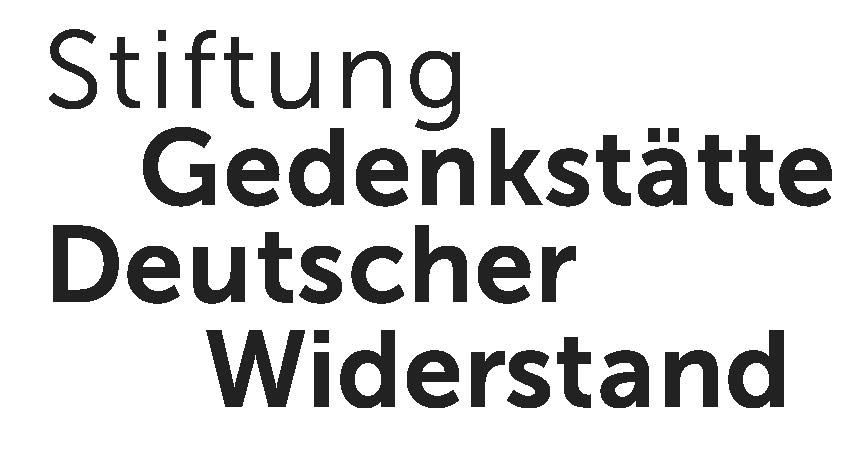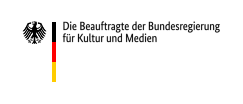
Designing performance : the semi-autonomous revenue authority model in Africa and Latin America / Robert Taliercio, and Jr
"During the past decade, diverse developing countries have introduced radical reforms in their collection of taxes. In more than 15 countries, traditional tax departments have been granted the status of semiautonomous revenue authorities (ARAs), which are designed with a number of autonomy-enha...
Enregistré dans:
| Auteurs principaux: | Taliercio, Robert |
|---|---|
| Collectivités auteurs: | World Bank |
| Format: | Online-Resource |
| Langue: | English |
| Publié: | [Washington, D.C] : World Bank, 2004 |
| Collection: | Policy research working paper
|
| Sujets: | |
| Accès en ligne: | URL des Erstveröffentlichers |
| Résumé: | "During the past decade, diverse developing countries have introduced radical reforms in their collection of taxes. In more than 15 countries, traditional tax departments have been granted the status of semiautonomous revenue authorities (ARAs), which are designed with a number of autonomy-enhancing features, including self-financing mechanisms, boards of directors with high-ranking public and private sector representatives, and sui generis personnel systems. Taliercio addresses gaps in the public management and tax administration literatures by closely examining ARA reforms in Kenya, Mexico, Peru, South Africa, Uganda, and Venezuela from their inception to the early 2000s. Using the comparative case study method, he tackles three questions. First, what has motivated the wave of ARA reforms over the past decade? The author argues that from a public management perspective, reformers intended to use autonomy to enhance bureaucratic performance in low-capacity public sectors. Second, is there a connection between autonomy and performance? Focusing on revenue collection, compliance management, taxpayer services, human resource management, and administrative costs, the author suggests that autonomy is associated with higher levels of performance. He also makes the case that higher levels of autonomy are associated with higher levels of performance. Third, if there is a connection between autonomy and performance, which specific design features matter most and why? In spite of the popularity of the ARA reform, there is no consensus on best practice in organizational design. The author offers hypotheses based on the cases about why certain designs work better than others, and makes specific recommendations for the next generation of ARA reforms. |
|---|---|
| Description: | Includes bibliographical references. - Title from PDF file as viewed on 10/1/2004 Erscheinungsjahr in Vorlageform:[2004] Weitere Ausgabe: Taliercio, Robert: Designing performance |
| Description matérielle: | 1 Online-Ressource (83 Seiten) |

